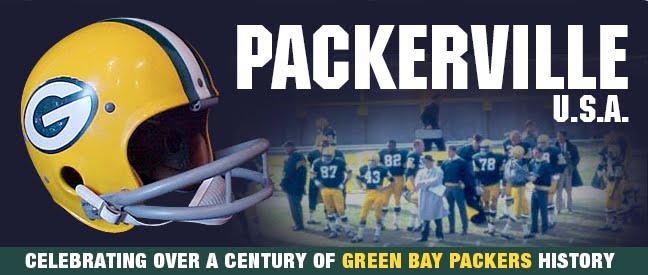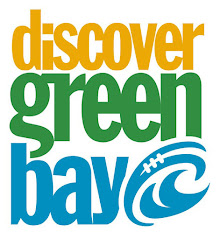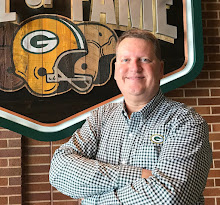Packers post record profits
Team's financial report shows robust growth in local revenue
By Mike Spofford I Packers.com Senior Writer
GREEN BAY – The financial picture of the Green Bay Packers has never looked better.
The franchise posted record profits over the past fiscal year, according to the financial statement released by the team on Friday, providing a strong foundation for football operations, upcoming investment in the Titletown District development, and continued growth in the team’s other community and charitable endeavors.
Net income reached $48.9 million for the fiscal year ending March 31, 2016, while profit from operations was at $75 million. Those are healthy increases of 68 percent and 91 percent, respectively, over the previous year, when net income (which includes investment performance, income taxes and interest expenses on debt) was at $29.2 million and operating profit was at $39.4 million.
Such significant jumps and record results were due mainly to impressive growth in local revenue and a drop in general expenses.
Local revenue grew by $18.1 million, or nearly 11 percent, to $186.2 million, which President/CEO Mark Murphy attributed primarily to the success of the Lambeau Field Atrium businesses and a strong year in sales and marketing sponsorships.
The new, expanded Packers Pro Shop – which opened in late July of 2014 – operated for a full year for the first time, while the new Packers Hall of Fame and 1919 Kitchen & Tap restaurant also opened to strong early results. In addition, stadium tour attendance grew by roughly one-third, from 130,000 patrons to a record 175,000.
“The renovations to the Atrium are having the impact we wanted,” Murphy said. He added that Pro Shop sales had been moving more and more online, approaching 50 percent of the total sales, but the new, expanded venue on the ground floor of the Atrium produced a higher percentage of in-store sales, growing the total business.
The club’s national revenue, which is money shared equally by all 32 NFL teams, also grew $13.5 million to $222.6 million, a rise of 6 percent. That’s a fairly standard bump due to built-in increases in the league’s broadcasting contracts.
Added together, the local and national numbers produced total revenue of $408.7 million, also a franchise record. The Packers have been ranked ninth in the NFL in total revenue for the past three years and will learn their current ranking sometime this fall.
On the expense side, while player costs grew at the normal rate – each team’s salary cap has been rising by around $10 million per season in recent years – the team’s general expenses dropped considerably.
That was mainly due to a pair of one-time expenses from the previous fiscal year, a league assessment related to debt refinancing and initial expenses required as preparation for the Titletown project, that were not on the books this past year.
Those two issues accounted for almost $20 million in expenditures the prior year, allowing overall expenses for the current year to drop $4.1 million, from $337.8 million to $333.7 million.
“We managed our expenses pretty well, and we didn’t have those one-time items,” said Paul Baniel, the team’s vice president of finance and administration.
The record profits likely aren’t sustainable, though. Murphy said while he expects revenue to continue to grow, profits will likely dip next year due to the cyclical nature of player signings, which the team is now prepared for financially. “We have a number of core players with contracts ending,” Murphy said. “We could have a number of signings next year, and the biggest thing there (on the balance sheet) is the signing bonuses.”
The overall picture has the franchise well-positioned for the future, with the corporate reserve at $275 million. The team’s football operation has all the resources it needs while the franchise continues to re-invest in Lambeau Field and the community.
“Our top priority is to win championships, and we have the resources available for football if they see things that give us a competitive advantage,” Murphy said. “We want to stay state-of-the-art.”
On the community side, Murphy said the first phase of the Titletown development has required a $65 million investment, with two of the initial tenants in Lodge Kohler and Hinterland already breaking ground. The third, a Bellin Health sports medicine clinic, will break ground later this summer. Work on the public plaza within the development has not yet begun, so the Titletown investment will continue to grow as it moves into other phases, Murphy said.
The stadium is also undergoing a two-year suite renovation project that will cost $55 million, while the endowment for the Packers Foundation has grown to just shy of $25 million and the team’s overall charitable impact climbed above $6.5 million over the past year.
“We’re responsible for the future growth and stewardship of the franchise, which ties in with Titletown,” Murphy said. “We’re investing in the community. We see it as a long-term asset to the community and to the organization.”




























